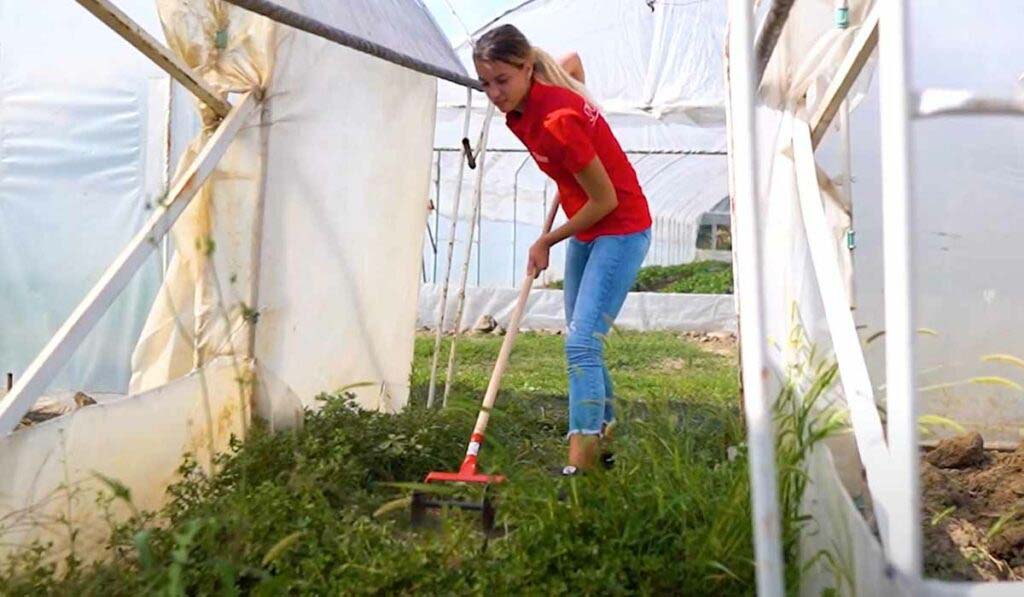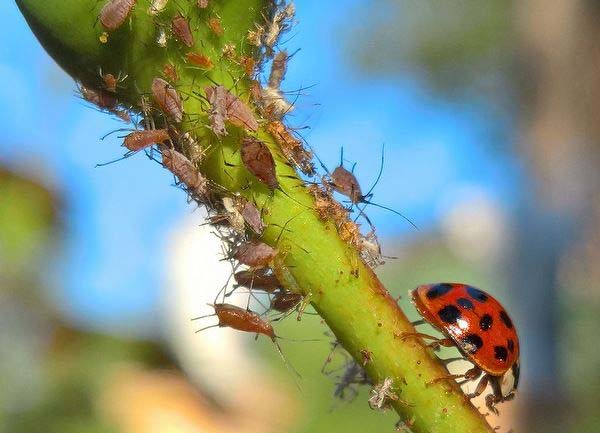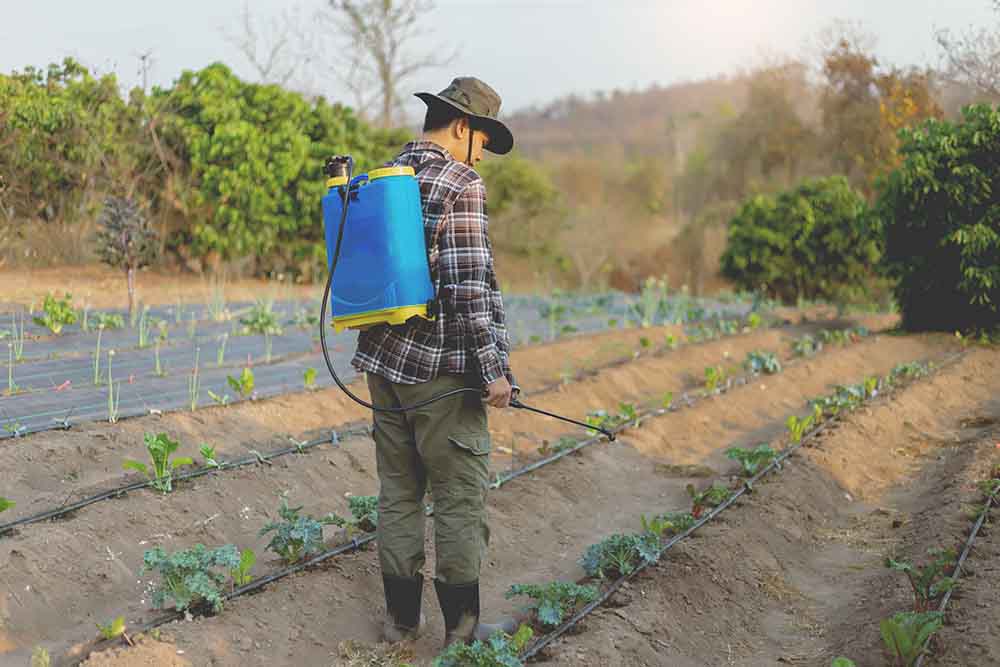Weed control methods
Weed control
Weed control is probably as old as the story of the emergence of agriculture. We can assume that weeds have grown in parallel with agricultural crops from the very beginning of farming, and they have stood out equally in the struggle for survival. This competition between weeds and crops is quite understandable because each crop area relies on elementary conditions of development, which are the same for everyone in the natural environment. Thus, the sun, wind, water, and soil microelements form a symbiosis that affects the development of the entire plant world.
Source:freepik
Of course, over time, it has become apparent that quality yields can only be achieved by controlling weeds that deprive crops of their acreage and nutrients. When it comes to the domestic market, in order to maintain the land as easily as possible and eliminate weeds, the domestic manufacturer Irgot tools stood out, which redesigned the traditional garden tools and adapted them to better technical properties.
Weed plants grow on crop areas among cultivated plants and are not the goal of production. The success of the income thus depends on the type and number of weeds in the crop, so weed control is an inevitable need for a rich yield.
Various methods are used to control weeds, such as mechanical weeding, plucking, or hoeing between crops, as well as chemical measures that are implemented faster but carry the risk of polluting nature and human health. Chemicals used against weeds are called herbicides. Weed control methods aim to reduce the population of weeds. However, weeds cannot be destroyed entirely because there are different weed communities and different agro-ecological conditions, so weed control should be to such an extent that it does not cause more significant damage to crops. Therefore, weed control must be a constant agro-cultural measure.
Weed plants
As we have said, weeds cause significant damage to crops because they compete with them for space, water, light, and nutrients from the soil, and they also make it difficult to cultivate the land, harvest, or harvest. Weeds are hosts to various plant pathogens, and invasive weed species can even change ecosystems and suppress indigenous plant species, so they are an environmental problem.
Weeds reduce the quality of agricultural products while the constant need to control them affects the cost of production.
In a narrower sense, weeds are plant species that, with their biological properties, are best adapted to the developmental cycle of individual cultivated plants. They are called segetal weeds, and they include – weeds of small grains, vineyards, orchards, and gardens.
In a broader sense, weeds are all harmful plant species that occur in anthropogenic habitats outside arable land, and they can be – weeds of meadows, pastures, canals, forests, etc.
Source:freepik
Mechanical weed control
- Tillage
In addition to destroying weeds by cultivating the soil, this measure also affects the improvement of soil properties, which has a favorable effect on the growth and development of plant culture. Thanks to deep autumn plowing, weed seeds are exposed to low temperatures during the winter months. Shallow plowing before sowing to a depth of 12 cm encourages weed germination, and the Broadfork is used to control such weeds, while the Weeding Tool can be used to remove medium and high weeds.
- Planting interculture
The occurrence of weeds can be suppressed by sowing plants between the main crops in order to prevent the emergence of weeds, and these intercrops can be different types of grasses and clover. Such plants stifle weeds and do not interfere with the development of the cultivated plant.
- Crop rotation
Weed control can be much more effective if crop rotation is used on the land than when there is a monoculture. While planting monoculture leads to gradual deterioration of soil fertility, crop rotation involves shifting crops, which reduces weeds.
In order to cover the land around the cultivated plants, cut grass, dry leaves, peat, sand, and other materials that do not allow weeds to grow are used. In addition, mulching regulates soil heat and humidity.
- Mowing
Mowing removes the aboveground part of the weeds, where for further growth, the weed plant tries to create a shoot by consuming substances from the underground parts. In this way, the plant becomes more and more exhausted and eventually dries up.
Biological weed control
Weeds, like all plants, have their natural enemy, while weed control as a biological measure is reflected in finding organisms that directly affect certain types of weed plants.
Insects, snails, nematodes, and birds that feed on weeds in a way that they attack the leaves or flowers of weeds, destroy seeds, or deplete the plant’s root, etc., are also used in the biological fight against weeds.
Source: puutarha.net
Weed control is also performed through microorganisms or plant pathogens – bacteria, viruses, or fungi that infect weeds. Certain microorganisms infect only certain species of weed plants, while weed plants themselves often serve as hosts causing some diseases. The advantages of this method of weed control are that the pathogen acts in a targeted and autonomous manner, while the weed itself cannot become resistant to such actions.
Herbicides – through chemical to organic methods of weed control
One of the fastest methods related to weed control is using herbicides, that is to say, chemical agents, to control or destroy weed plants. Herbicides can have a selective action that destroys only certain types of weeds or a total action to eliminate all kinds of weeds. The choice of chemical agent and its application primarily depends on the presence of weed species in a particular habitat, the degree of its development, and the type of crop itself.
Synthetic herbicides are divided according to:
- selectivity – non-selective or selective
- time of use – application before sowing or planting, after sowing or planting, and before germination and after weed emergence
- resistance – easily degradable, moderately or highly stable
- method of adoption – the plant adopts them by the root system from the treated soil or acts on the aboveground parts (foliar herbicides)
Due to the heterogeneity of weed species, it is impossible to apply one herbicide that would effectively control all weed plants. In addition, the destruction of one weed species allows the emergence of other species. Therefore, we cannot consider every weed plant that grows with a particular agricultural crop harmful. Still, it is essential to know which weed species can survive with a certain agricultural plant without harming it.
We should also mention that pesticides are ecologically dangerous because they affect the disturbance of ecological bio balance, but also human health, so it is definitely necessary to pay attention to a good understanding of biopesticides.
Source:freepik
Biopesticides
Biopesticides are preparations for protecting plant cultures obtained from natural substances of plant and animal origin, microorganisms, and minerals. Their characteristics are:
- they are not harmful to the environment
- do not leave toxic residues in soil and plants
- rapid biodegradability
- they are used in smaller quantities
- less pathogen resistance.
Their disadvantages are short-term action and a longer period of onset of action, which requires a larger number of treatments, and they can also be toxic to beneficial insects.
We can only conclude that weed vegetation is an indispensable part of the soil. In the fight against weeds, it is most important to know the biological properties of certain weed species and their reaction to appropriate protective measures to make them most effective.





